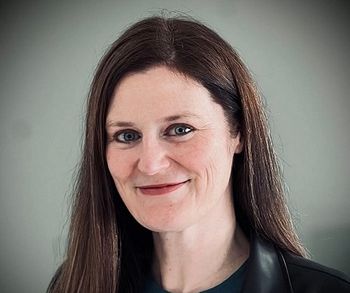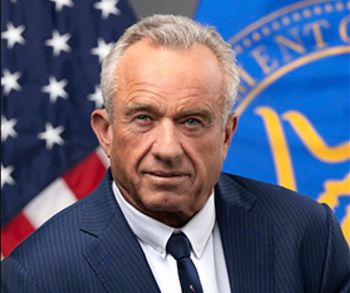
These states have the most women doctors, the most international graduates and more
The Association of American Medical Colleges’ latest study on the physician workforce sheds light on the doctors practicing in each state.
Looking to practice medicine in the northeast? You’ll have lots of company.
But in some states, physicians in some minority groups may feel a bit lonely.
Every two years, the Association of American Medical Colleges compiles a report looking at the doctors practicing in every state. The AAMC’s 2021 State Physician Workforce Data Report breaks down the states in a number of categories, including age, gender, and race, among others.
With much attention focused on adding more diversity to the nation’s pool of doctors, the report shows interesting data about minority representation among physicians in the states. In three states, fewer than 1% of doctors identify as Black.
Women account for 36.7% of the nation's doctors. But in a few states, only about a quarter of the doctors are women.
Nationally, about one in four of the nation’s practicing doctors (24.7%) graduated from an international medical school.
The report looks at which states are faring best in keeping doctors after they finish their medical training. And the report shows the five states with the most active doctors per capita are all in the northeast.
Here’s a look at the top states in a host of different categories. The figures will offer the top five and bottom five in each category, along with the state median. The figures reflect 2020 data. (For more data on each state, check out the
Most active doctors, per 100,000 people
Top 5
Massachusetts: 466
Maryland: 393.5
New York: 389.4
Vermont: 386.2
Rhode Island: 383.5
Bottom 5
Idaho: 166.4
Mississippi: 180.4
Oklahoma: 209.6
Wyoming: 211.7
Arkansas: 215.4
National average: 286.5
Doctors 60 and over
Top 5
Maine: 39.3%
Hawaii: 39.3%
New Mexico: 39.2%
New Jersey: 38.8%
Florida: 38.4%
Bottom 5
Utah: 28.3%
Texas: 29.4%
North Dakota: 29.9%
Minnesota: 29.9%
Idaho: 30.4%
National average: 33.7%
Women doctors
Top 5
Massachusetts: 43.3%
Vermont: 42.8%
Rhode Island: 42.4%
Maryland: 42%
Oregon: 40.2%
Bottom 5
Utah: 25.4%
Wyoming: 26.3%
Idaho: 27.1%
Mississippi: 28.3%
Arkansas: 29.0%
National average: 36.7%
Black doctors
Top 5
Georgia: 16.3%
Maryland: 12.3%
Mississippi: 10.4%
Louisiana: 8.3%
North Carolina: 8%
Bottom 5
Utah: 0.6%
Idaho: 0.7%
Montana: 0.8%
Vermont: 1.1%
Maine: 1.6%
National average: 5.3%
Hispanic, Latino doctors
Top 5
Florida: 15.8%
New Mexico: 14.6%
Texas: 11.3%
Arizona: 6.7%
California: 6.3%
Bottom 5
North Dakota: 1.8%
Maine: 2%
West Virginia: 2%
South Dakota: 2.3%
Vermont: 2.4%
National average: 5.4%
Asian doctors
Top 5
Hawaii: 44%
California: 31%
Illinois: 24.3%
Nevada: 23.9%
New Jersey: 23.3%
Bottom 5
Montana: 3.5%
Idaho: 4.7%
Wyoming: 5.6%
Vermont: 6.7%
Alaska: 6.9%
National average: 19.1%
White doctors
Top 5
Idaho: 86.3%
Montana: 84%
Vermont: 83.6%
Utah: 83.6%
Wyoming: 82.4%
Bottom 5
Hawaii: 38.8%
California: 44.4%
New Jersey: 49.5%
Florida: 50%
Maryland 50.6%
National average: 59.1%
International medical school graduates
Top 5
New Jersey: 38.4%
New York: 37.1%
Florida: 35.9%
Illinois: 30.6%
Connecticut: 30.1%
Bottom 5
Idaho: 5.8%
Montana: 6.6%
Alaska: 6.7%
Colorado: 8.5%
Utah: 9.2%
National average: 24.7%
Retention, GME
This category tracks how many doctors are practicing in the state where they completed their graduate medical education.
Top 5
California: 70.8%
Alaska: 64.9%
Montana: 63.1%
Florida: 59%
Texas: 59%
Bottom 5
New Hampshire: 28.3%
Delaware: 28.5%
Wyoming: 28.7%
Rhode Island: 30.9%
Vermont: 33.2%
National average: 47.6%






































